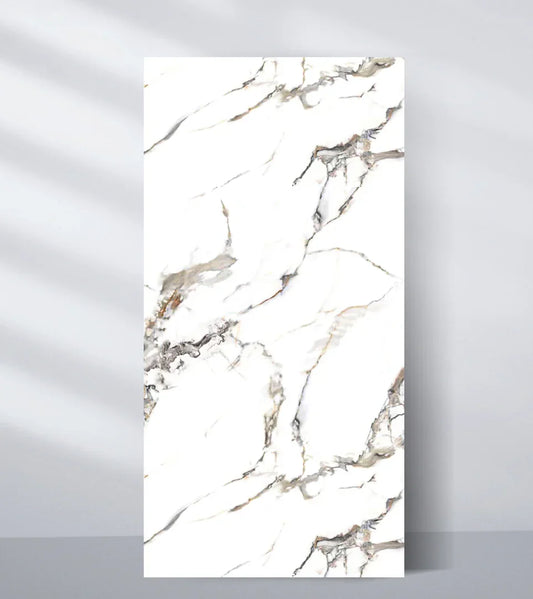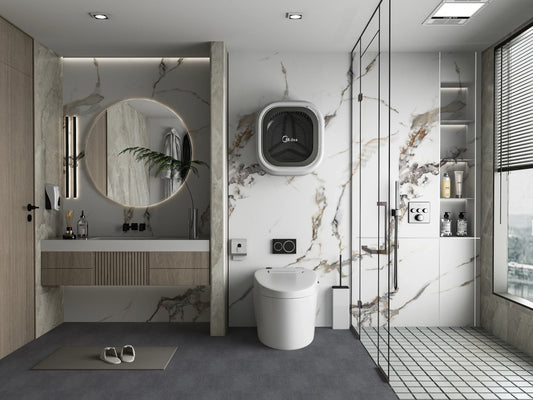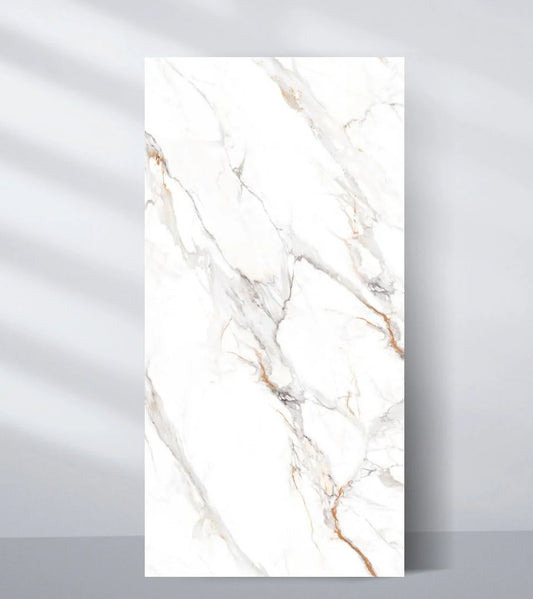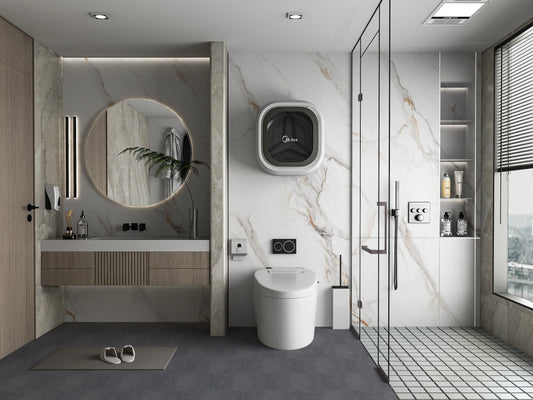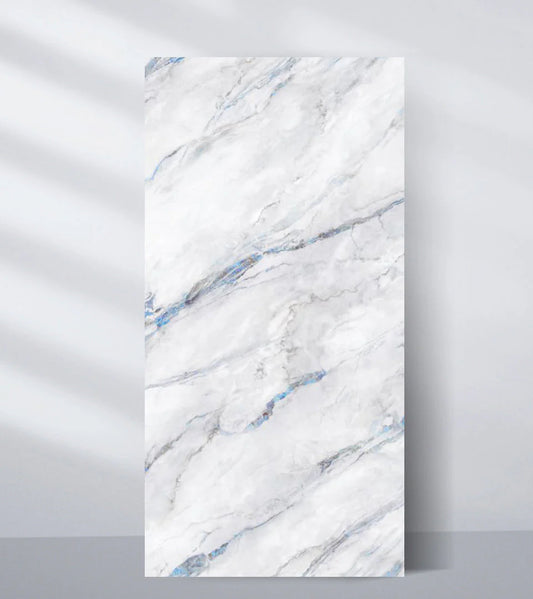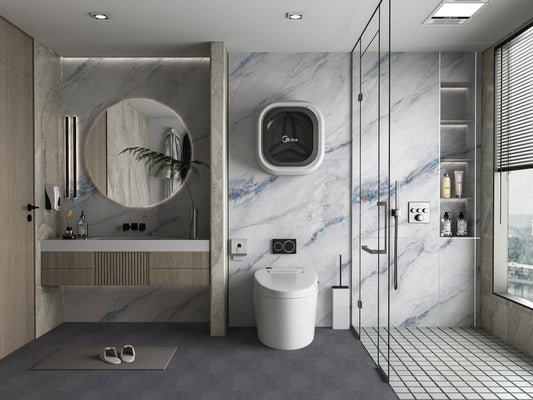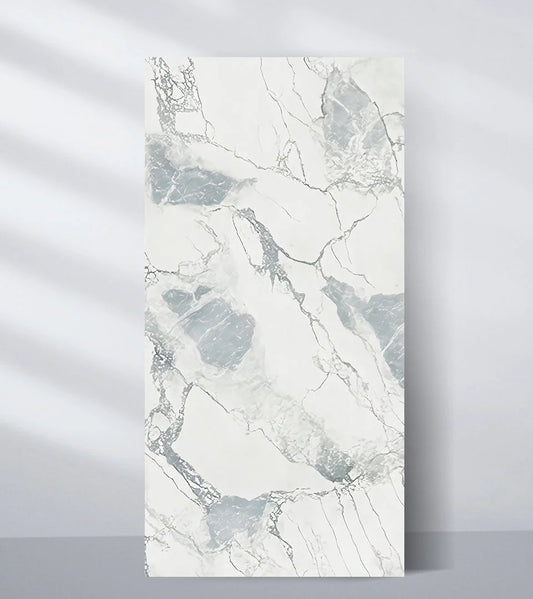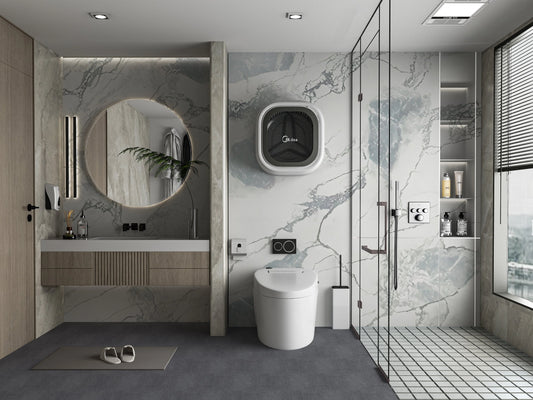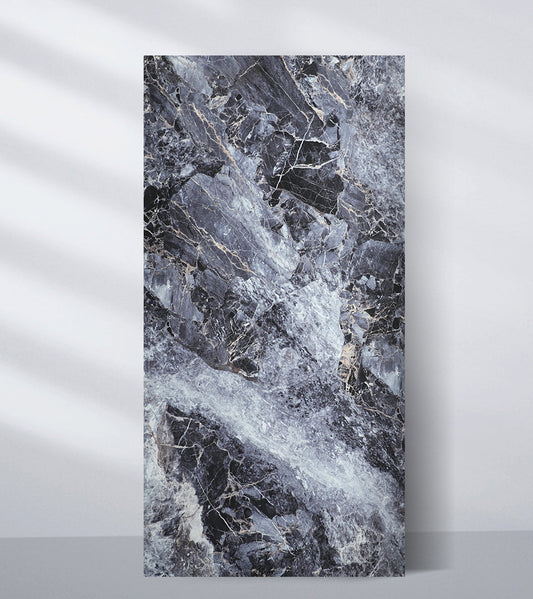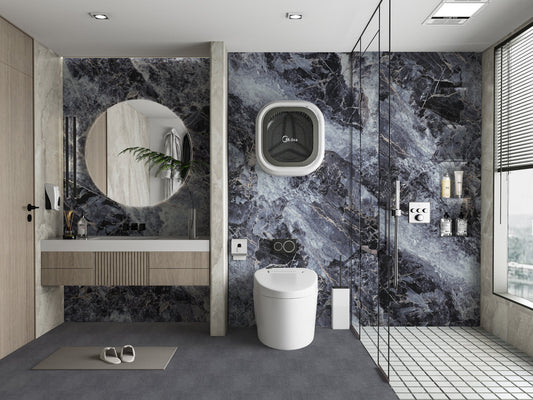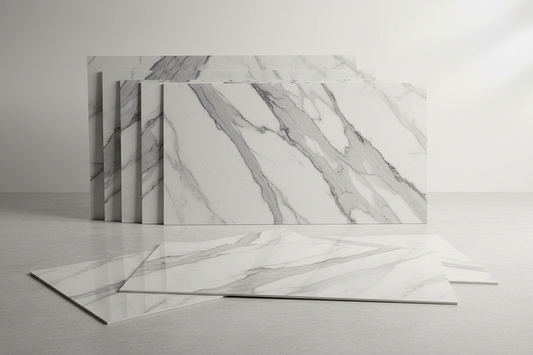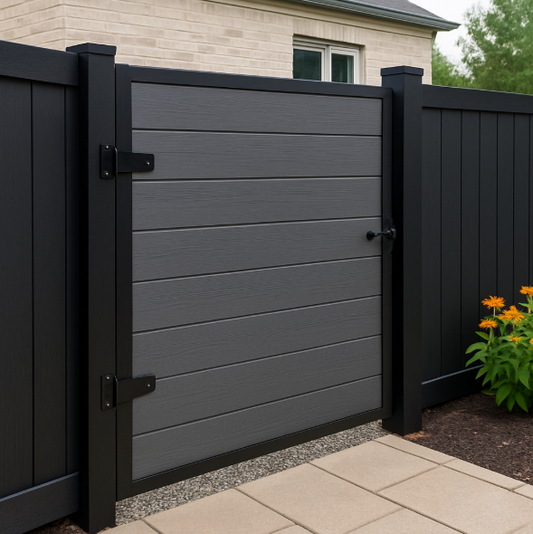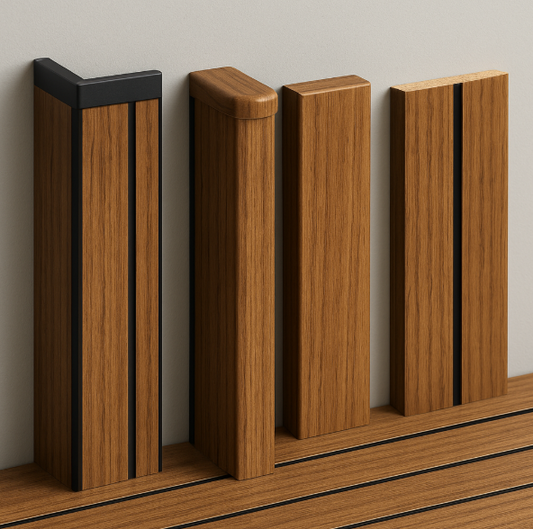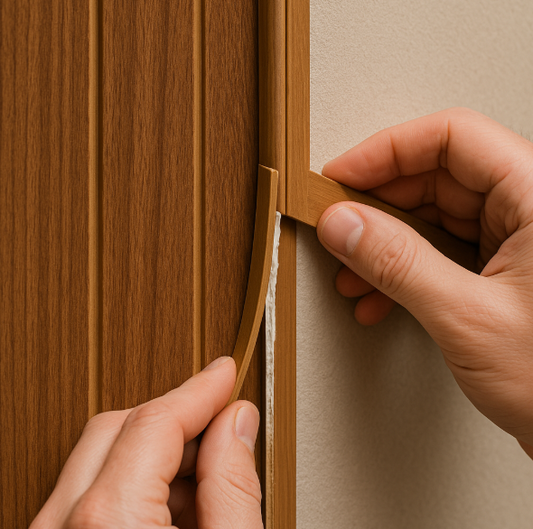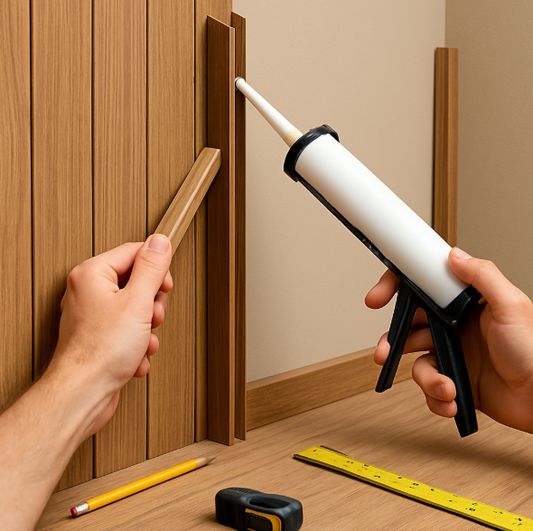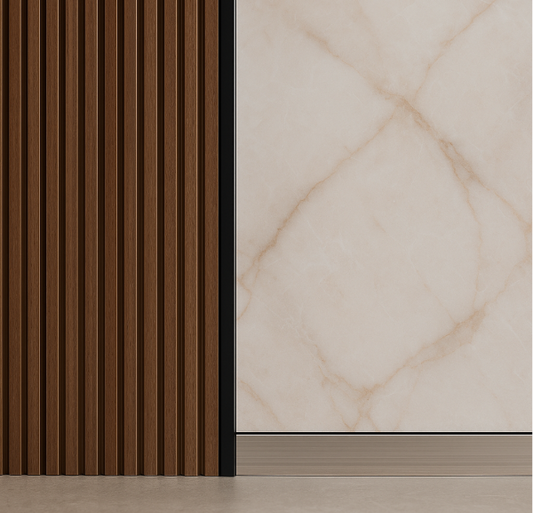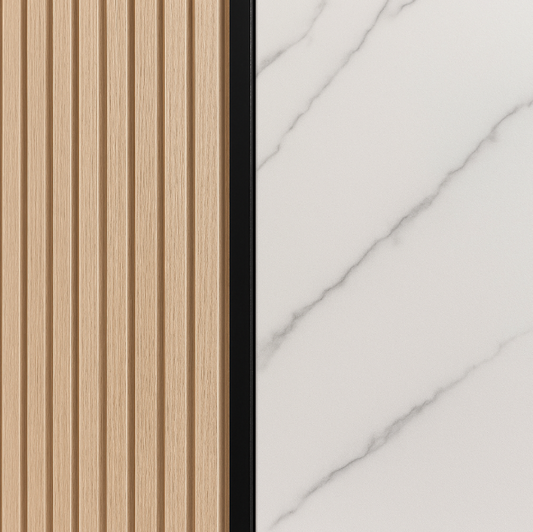Wall panels function as the main decorative element for interior design enhancement yet finishing elements create the complete visual effect. The finishing elements known as interior trim accessories serve to complete the entire aesthetic presentation of wall panel installations. Wall panel installations achieve their professional finish through these unappreciated elements which create a polished and seamless appearance. The elements serve as connectors between materials while determining the complete aesthetic and functional quality of interior spaces.
Why Trims Are Essential for Wall Paneling
Interior trims serve purposes that extend beyond their functional value. The market offers various trims with different profiles and textures and finishes which match different wall panel designs including PVC marble panels and acoustic wood slats and fluted designs. These accessories serve dual purposes because they enhance both visual appeal and functional value.
The wall panels receive protection from adjacent surfaces through the use of trims which function as their perfect buffer. The wall and ceiling and floor and windows and doors experience smooth transitions through these elegant design elements.
L-Trims: The Clean Finish for Exposed Edges
The first item we will discuss is L-trims. The finishing pieces known as L-trims serve to hide the exposed edges of wall panels. The installation of L-trims creates a professional finish for wall panel edges in both feature wall and full-room cladding applications. The edges of high-traffic spaces and commercial areas receive protection from L-trims which prevent damage to the edges. The design lines become more defined because of these trim pieces. The selection of an L-trim in a color that matches or contrasts with the wall allows you to define panel boundaries while maintaining wall visibility.
T-Joint Trims: Seamless Connections Between Panels
The T-molding or T-joint trims serve as our third option. The accessories function to connect two adjacent wall panels that share a common edge. The accessories hide any wall panel irregularities while creating a smooth and attractive finish. A large living room or office space requires T-trims to connect multiple wall panels that run along a feature wall. The perfect symmetry of a room becomes compromised when any small gap exists between wall panels. The entire arrangement achieves a more refined and purposeful appearance through the use of this trim.
 |
 |
Corner Trims: Strength and Elegance in Every Angle
The visual and structural functions of corner trims exist for both inside and outside applications. The visual aspect of these trims creates smooth transitions at corners and columns. The protective function of these trims safeguards vulnerable joints from developing cracks and movement during time passage. The protection of joints requires special attention in spaces that face water exposure and temperature fluctuations including bathrooms and kitchens and hallways. A modern minimalist design emerges through the combination of stone or wood-inspired panels with metallic or matte-finish corner trims.
End Caps: The Final Touch for Mid-Wall Installations
The end cap trim stands as an essential accessory for panel end capping when these areas do not touch walls or ceilings or floors. The end cap trim serves as a necessary component for panel end capping when the panels do not touch walls or ceilings or floors. The installation of half-height panels in dining areas and backsplashes in compact kitchens requires this type of application. The raw panel edge becomes visible when you do not use an end cap. The end cap provides a framed appearance which both finishes the design and makes the installation more durable.
Trims and Lighting: Elevate Ambience with LED-Compatible Designs
The addition of trim accessories helps designers create more sophisticated lighting schemes. Modern interior trims include built-in LED functionality which enables designers to add ambient lighting through panel backings and bases. A room's atmosphere changes completely when soft backlighting illuminates a fluted panel wall through a hidden trim frame. The correct trim selection enables designers to create a significant design effect through this minimal detail.
Choosing the Right Trim Color and Finish
The selection of trim colors depends heavily on how well they match with other elements in the design. The appearance of your trims should either match the surrounding elements or create visual contrast. The use of trims with matching finishes or color schemes to panels creates a unified appearance for elegant designs. Black and bronze and chrome trims create visual borders that attract attention when used for defining spaces. A thin matte trim in neutral tones serves as a design element to create a stylish and organized appearance in minimalist rooms.
Material Options for Modern Trim Accessories
Modern trim accessories provide users with the ability to customize their products. The market now offers trim accessories with aluminum and composite and PVC and veneer finishes which match different panel requirements. The wide selection of trim options allows users to pick products that match their design preferences between modern and rustic and industrial and luxe styles. The right selection of trims enables users to create design elements that stand alone as artistic statements.
 |
 |
Easy Installation for DIY and Professionals
The process of installation has undergone significant changes. Modern interior trim accessories use powerful adhesives which enable users to install them without needing nails or any visible fasteners. The installation process becomes simpler for DIY users because these products create a perfect finish that will not develop cracks or splits during their lifespan. The flexible nature of trims enables professional installers to perform quick and efficient on-site modifications.
Long-Term Value: Protection and Maintenance Benefits
The support trims provide for extended maintenance operations remains one of the least recognized features. The sealing function of trims at door edges and floor areas blocks dirt and water and pests from entering the panel spaces. The wall cladding remains in better condition because of this protection which minimizes the requirement for future maintenance work. The design advantage of trims in high-traffic buildings and commercial facilities translates into actual operational benefits.
Final Thoughts: Trims That Frame Your Design Vision
Interior trim accessories serve a purpose beyond their function of concealing edges. They create boundaries which allow you to showcase your creative work. The addition of trims turns a plain wall panel into an essential element which enhances your interior design narrative. The design completion of your project depends on trims which serve as the final elements to finish your design statement.
When you prepare to install panels take some time to consider the trim options. The smallest design elements create the most significant impact in both design work and everyday life.

